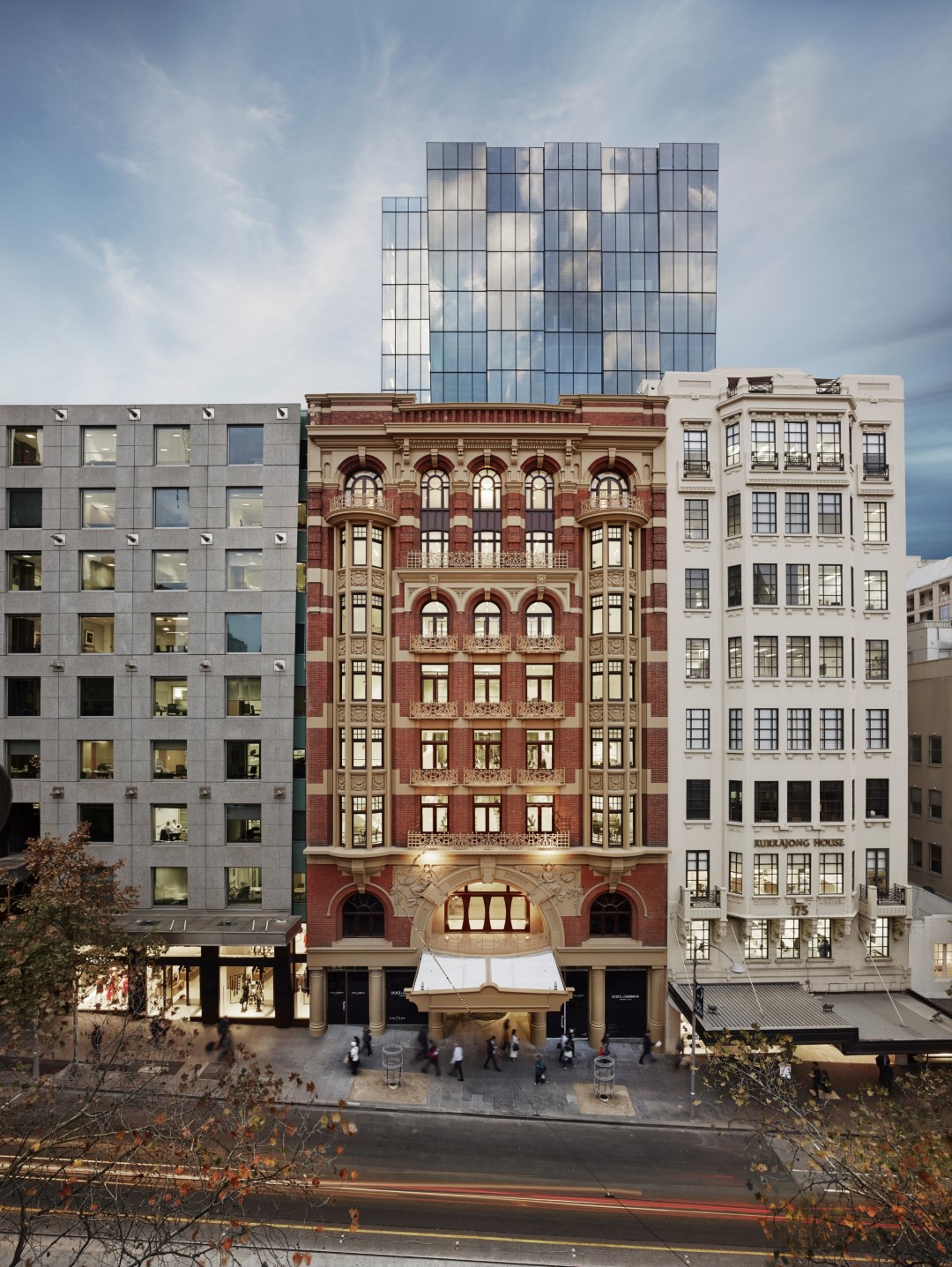Cbus Property’s 443 Queen St awarded 6 Star Green Star rating in Australian first
2 October 2020
Cbus Property’s iconic 443 Queen St project in Brisbane has been awarded Australia’s first 6 Star Green Star – Design & As Built Version 1.2 Design Review certified rating for a residential tower by the Green Building Council of Australia (GBCA), representing its world leadership in building design.
The landmark development has received a 6 Star Green Star design rating based on its outstanding sustainability outcomes across nine holistic impact categories, including management, indoor environment quality, energy, transport, water, materials, land use and ecology, emissions and innovation.
Cbus Property’s chief executive officer, Adrian Pozzo, said the prestigious achievement was testament to the project team’s ongoing efforts to ensure a sustainable design outcome and the company’s ongoing commitment to build and manage a sustainable $5.0 billion residential and commercial portfolio.
“From the project’s inception, Cbus Property’s unwavering goal has been to create a healthy indoor environment and lower running costs for the home-owners. The central objectives of rejecting the commonplace ‘sealed’ tower and concentrating on energy elimination and minimisation have been key to achieving this goal,” Mr Pozzo said.
“This focus has resulted in a building that ‘breathes’, affording an open and permeable building envelope, enabling wide-ranging access to views, natural light and air, integration of extensive landscaping throughout, and a generous civic gesture that encourages human interaction and facilitates social gatherings.
“The GBCA recognises and shares Cbus Property’s vision, and the results are reflected in 443 Queen St’s high Green Star category rating for indoor environment quality, land use and ecology and innovation.”
GBCA’s chief executive officer, Davina Rooney, said Cbus Property’s 443 Queen St project showed world-leading innovation and sustainability in its design.
“This is the first residential building in Australia to be recognised with a 6 Star Green Star rating so we congratulate Cbus Property on its leadership,” she said.
“The air-quality features and use of sustainable design are particularly impressive and will help to set a new standard for Australian developments.”
Mr Pozzo said that not only was Cbus Property committed to improving the sustainability of its own extensive portfolio of properties, the business also hoped “to inspire other Australian property companies to build a greener future and reap the rewards of lower energy and water costs”.
“Our aspiration is to create one of the most sustainable portfolios in Australia as recognised by Green Star and NABERS, and the recent 6 Star Green Star rating for 443 Queen St is an impressive step towards this goal,” he said.
Mr Pozzo went on to say that 2019 was an important year for Cbus Property, seeing the company put its revised Sustainability Strategy into practice under the three pillars of Better Buildings, Future Ready and Investing in People.
“This new strategy focuses on our opportunity to deliver shared value, through high-quality developments that deliver positive environmental and social outcomes, alongside financial value. It will help us continue to provide value to our stakeholders, our partners and the community,” he said.
Mr Pozzo said 443 Queen St’s 6 Star Green Star rating was demonstrative of the company’s pledge of support to the World Green Building Council’s Net Zero Carbon Buildings Commitment.
“This commitment challenges companies, cities, states and regions to reach net zero operating emissions in their portfolios by 2030, and to advocate for all buildings to be net zero in operation by 2050. It reflects Cbus Property’s values as a responsible investor, as well as our ambition to drive change and create the best sustainable developments into the future,” he said.
Looking forward, Cbus Property has developed a series of key targets and milestones for our sustainability strategy, one of which is to become Net Zero Carbon by 2030.
“Although we are not new to sustainable buildings, we need to be responsive to the changing needs of our stakeholders, members, partners and communities,” Mr Pozzo said.
“We have set ambitious targets to help us create better buildings that people want to live and work in, while improving our efficiency and sustainability.”

